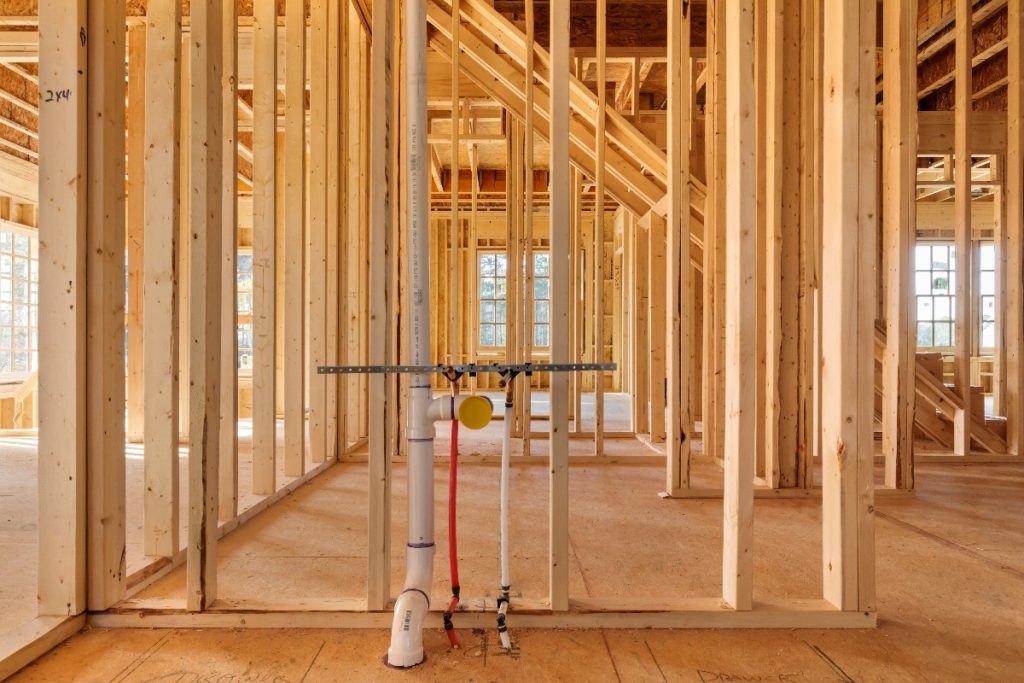Renovating your home comes with many advantages, such as increasing your home value, upgrading your lifestyle, and fixing the structural and cosmetic issues all at once. But just like any other type of construction, home renovations have downsides as well—and one of the biggest ones is the production of waste.
Any home renovation will produce a certain amount of waste. It is often inevitable, but that doesn’t mean you can reduce the waste you produce as much as possible. That said, here are the best ways you can reduce construction waste while renovating your home:
-
Table of Contents
Estimate properly
Conducting proper estimation is one of the best ways to reduce material waste. For instance, if you are building a deck, having the precise amount of sturdy timber decking (plus some extra) can reduce the risk of ending up with excessive leftovers. And apart from minimizing the waste you produce, you also get to save a significant amount of money.
If you are working with a contractor, stress how important proper estimation is to you. On the other hand, if you are doing the renovation yourself, learn how to properly estimate construction material before buying it. Use estimation tools online or otherwise ask a professional for help.
-
Reuse material
If you have leftover material from a previous construction job, know someone who has leftovers, or have materials you can repurpose, reuse them for your current renovation project. This way, the leftovers don’t end up in the dumps or rot away in storage. And by reusing these materials, you’re also saving yourself a ton of money—a win-win.
-
Work with a competent contractor
In many ways, hiring a competent contractor is certainly better than hiring a cheap yet low-quality one. First, a contractor who knows what they are doing is more likely to give you the results you expect. More than that, they are much less prone to making mistakes. Fewer materials are wasted with fewer mistakes, which means you are not throwing money down the drain.
On the other hand, if you want to do the project yourself, be sure that you have the right tools and skillset. Otherwise, you may end up wasting a lot of material without even achieving the results that you want.

-
Get the right size of materials
Be sure that each measurement that you take is accurate. This way, you can better ensure that the materials you buy are just the right size. For instance, if you need wooden pillars ten feet tall, don’t buy the twelve-foot size because those extra two feet will likely end up as waste.
It wouldn’t hurt to double-check your measurements as well before you buy any materials.
-
Ensure proper storage
Storing materials improperly puts them at risk for damage, and if your materials are damaged, they will likely be unusable—hence ending up in the dumpster. Therefore, ensure that all of your materials are in proper storage. Elevate materials from the floor, keep them out of direct sunlight, address moisture issues in the storage area, and secure the location to prevent theft. If you need to leave materials outside overnight, at least cover them with a tarp.
-
Go for products with minimal packaging
With every type of construction material that you buy, you are also paying for the packaging. With that in mind, it makes more financial sense to buy materials that come with minimal packaging. And although most construction materials need to be securely wrapped, some companies use excessive amounts of packaging on their products.
By choosing products with minimal packaging, you are not only saving money—but you’re also reducing waste as well, especially if the packaging is made out of plastic or some other non-biodegradable material. Better yet, buy products in bulk when you can to reduce the number of individually wrapped items that you buy (or ask other home renovators if they want to split the costs of bulk orders).
-
Talk to suppliers
Ask suppliers if they can ship your orders with little to no packaging or on returnable pallets so that you don’t produce as much packaging waste. Apart from that, you can also try asking suppliers if they are willing to buy back the products you don’t consume so that they don’t end up in the landfill.
Renovating your home doesn’t have to be excessively wasteful, no matter how big your project is. With these tips, you can not only reduce your carbon footprint by downsizing construction waste, but you can also save a lot of money in the process.






